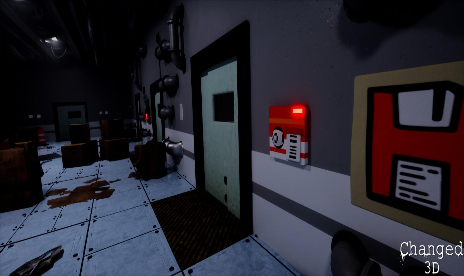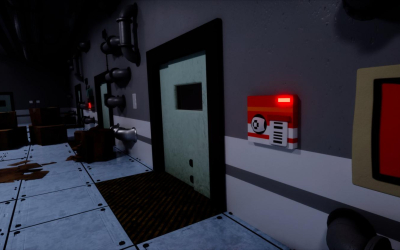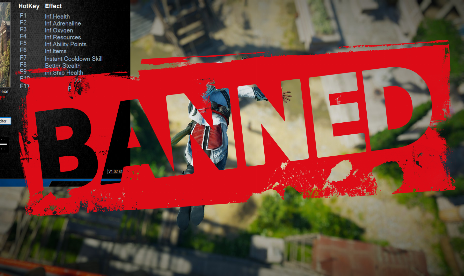HTC Vive Pro, is it worth it?

Following on from the long-running psuedo-success of our favorite VR gaming system, the HTC Vive, the Vive Pro is now available. While it is a second-generation headset in a few ways, it’s also more of a refresh in others. With an eye-watering price tag, the question remains, is it worth it?
To try and give you an idea, one way or the other, we’ve taken a look at all of the pros and cons, the alternative options and aggregated some reviews and hands-on impressions, to give you an idea of whether you should be spending as much as $1,100 to have the latest and greatest VR headset to be released to consumers.
Vive Pro – the upgrades
So, what does the Vive Pro offer, that its predecessor, the Vive, doesn’t? The most obvious immediate change between the two generations is that the Vive Pro is blue. That doesn’t do much in and of itself, but if you didn’t like the matt-black exterior of the original Vive, that’s something to consider.
The big changes however, are a number of quality of life and specification improvements. The mounting system has been advanced beyond even that of the Vive’s Deluxe Audio Headstrap. While the strap still features the same turn-dial fitting – rather than the Vive’s adjustable velcro system – the headset has better weight distribution and new face padding to make the whole experience more comfortable. It also has built in headphones for passible out-of-the-box audio, though they are removable for those who don’t want them.
There’s now more room in the face mask so that those wearing glasses, or with longer eyelashes can have a more comfortable experience. With better padding too comes the ability to play for longer, with less light-bleed around the nose area, which now supports a wider variety of nose types.
The big upgrade the Vive Pro features though, is its screen resolution. Where the original Vive had a pair of displays that combined offered 2,160 x 1,200 resolution, the Vive Pro ups the ante to 2,880 x 1,600 over two displays. That raised pixel density from 448 to 615 pixels per inch, a huge leap in overall clarity. That makes close up visuals sharper, distance images easier to detect and text much more clear no matter where it is.
The Vive Pro also has a lot of forward-thinking compatibility. It supports the upcoming Lighthouse 2.0 tracking sensors, which can go up to four in total and track a space as far as 100m squared. That’s several orders of magnitude larger than the original Lighthouse trackers and Vive headset. It will also suppose new motion controllers that will also support the Lighthouse 2.0 system.
There’s also been talk of a new wireless module for the Vive Pro, though that, alongside the new trackers and controllers won’t launch until later this year.
The downsides
All of that hardware does come at a price. Several in fact. The most obvious is the monetary cost. The Vive Pro headset alone is priced at $800, the launch price of the original Vive including its motion controllers and tracking sensors. That’s a lot to ask of those who have already shelled out several hundred dollars on an existing Vive at some point – you would have to, as the $800 Vive Pro doesn’t come with any of the required accessories.
If you want to buy it all in one go though, you would have to spend as much as $1,100 to get the required sensors and controllers. None of this begins to factor in the cost of the second-generation Lighthouse sensors and controllers or wireless module when they launch later this year, which are likely to be several hundred dollars more and somewhat needed to turn the Vive Pro into a true second-generation VR headset.
The other cost to factor in with the Vive Pro is hardware requirements. Where the original Vive could run all sorts of experiences with something as weak as a GTX 970, the Vive Pro demands at least a GTX 1060 and preferably a GTX 1070, which at today’s prices can cost as much as twice that of what they launched at back in 2016.
Although the Vive Pro’s library of games is expansive and well-supported, there’s nothing out there yet that can offer an experience that’s far and beyond what was possible with the original Vive either, despite its impressive upgrades.
Conclusion
So, is the Vive Pro worth it? At this time it’s hard to recommend such an expensive upgrade. Great for developers and gamers with tonnes of space and deep pockets, but for the average VR user, it’s best to wait until the full package is available later this year and see if increased competition brings the price down.
For those who haven’t gotten on board the VR bandwagon yet, you can take advantage of a newly cheap original Vive kit, with the whole bundle now costing $500. Alternatively, pick up an Oculus Rift in the sale and you might even snag it for $350.





![Dolls Nest v1.0-v1.2+ (+17 Trainer) [FLiNG]](https://9588947a.delivery.rocketcdn.me/wp-content/uploads/2026/01/Dolls-Nest-01-464x276.jpg)

![Grand Theft Auto V Enhanced v1.0.889.22 (+20 Trainer) [LinGon]](https://9588947a.delivery.rocketcdn.me/wp-content/uploads/2025/03/grand-theft-auto-v-enhanced-1-464x276.jpg)


























